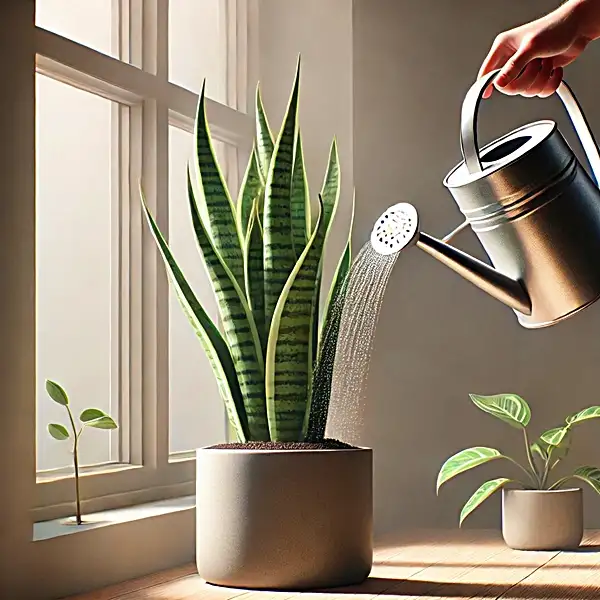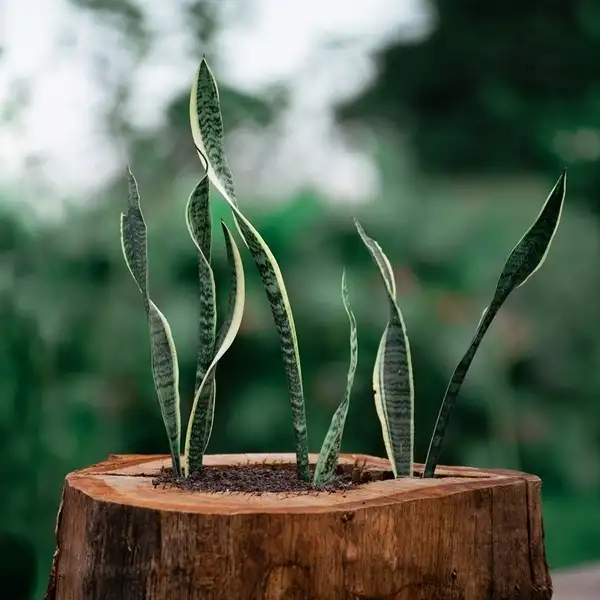Key Takeaways
| Key Takeaways | What You’ll Discover |
|---|---|
| Understanding Snake Plant Propagation | Unlock the secret to multiplying your plants effortlessly. |
| Ideal Conditions for Growth | Find out the perfect environment to ensure success. |
| Step-by-Step Propagation Guide | How to propagate a Snake plant? A simple yet effective process to grow healthy plants. |
| Common Propagation Issues | Avoid these mistakes to ensure strong and thriving plants. |
| Caring for New Snake Plants | Essential care tips to support long-term growth. |
| FAQs on Propagation | Answers to common questions that solve your doubts. |
What is Snake Plant Propagation – Basics
Years ago, I struggled to keep even the simplest houseplants alive. A chance encounter with a seasoned gardener changed everything. They handed me a leaf cutting of a snake plant and walked me through the propagation process step by step. That moment was so amazing & it just sparked my passion for gardening & today, I can confidently share my expertise on how to propagate a Snake plant with my readers.
Snake plant propagation also referred to as mother-in-law’s tongue involves creating new plants from existing ones. This tropical indoor plant has become increasingly popular due to its low maintenance qualities & air-purifying capabilities. However, apart from purchasing one, it is actually quite simple & cost-effective to propagate them.
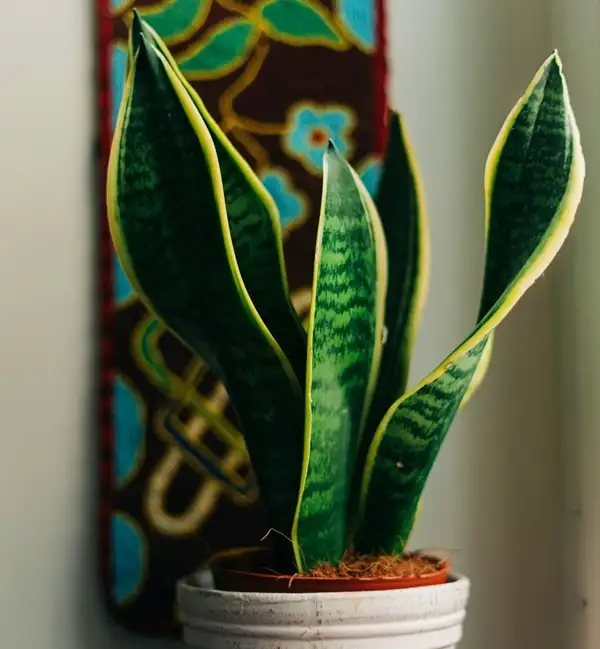
For those unfamiliar with the term ‘propagation,’ this simply means reproducing a new plant biologically from its parents. A successfully propagated snake plant can be just as robust and healthy as its parent plant – capable of growing numerous leaves that reach impressive heights. For instance, the Sansevieria trifasciata species can grow up to 4 feet tall.
Enjoying rank among easy-to-grow household plants like pothos or monstera deliciosa, propagation of snake plants presents an excellent project for beginning gardeners and offers a rewarding experience for experts too.
4 Best Conditions To Propagate a Snake Plant

Light
In terms of conditions necessary for successful snake plant propagation – light plays an integral role in almost every aspect of their growth process. Primarily originating from West Africa where they thrive under intense sunshine, they require bright but indirect sunlight within your home environment instead.
Temperature
However equally essential is temperature control – ranging between 70-90ºF (21-32ºC) during daytime while picking out a cooler spot at night falling between 55-70ºF (12-21ºC). In these conditions paired with a monthly watering habit (or only when soil completely dries), you’ll easily curate an ideal habitat that helps foster healthiest possible growth structure.
Humidity
Humidity levels are worth noting too, since most tend to ignore this aspect but houseplants love humidity! Unlike other water-loving counterparts though – snake plants bode better around the average range chilling between 40% – 50%.
Soil
Lastly wrapping up suitable condition inspection – comprehending optimal soil requirements is crucial.
If you’re ever wondering about How To Propagate A Snake Plant, these ideal conditions set the stage for success.
Step-by-Step Guide – How to Prepare Snake Plant for Propagation
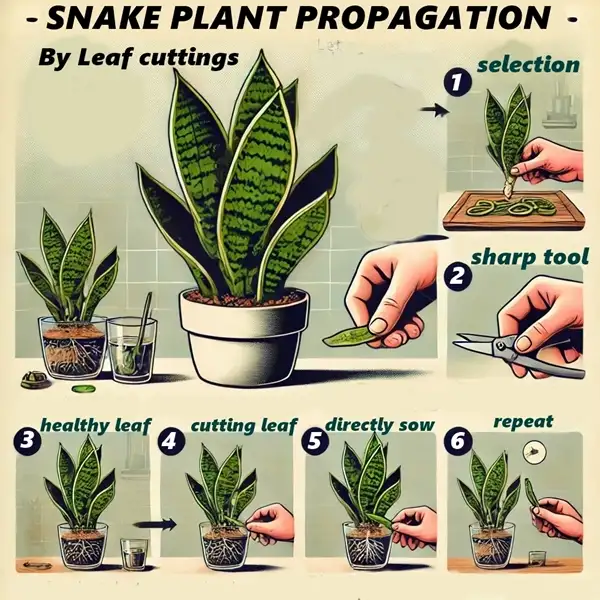
When it comes to preparing the snake plant, only two key things are essentially required –
- A mature or healthy leaf
- And a sharp, clean-cutting tool.
Select a Healthy Leaf
Select your preferred healthy leaf (or leaves), ensuring it has good length and substantial thickness to promote new growth more efficiently. Avoid choosing unhealthy or shriveled segments, as they struggle during the callusing (healing) process, which slows down propagation.
Trimming
- Next stage entails trimming the foliage using aforementioned sharp clean cutters (to prevent disease transmission).
- Proceed with making an angled cut close to soil base aiming at 2-4 inches broadside up.
Different Methods – How To Propagate A Snake Plant
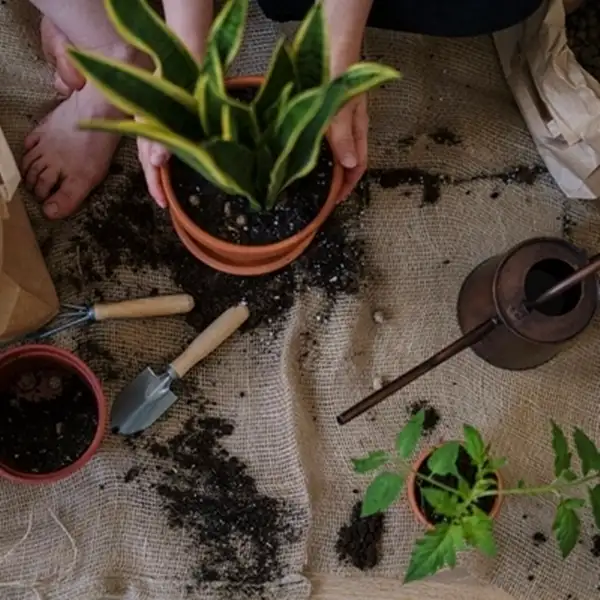
There exist several methods that can yield successful results when propagating a snake plant. Let’s have a look at the best ways to propagate snake plants. These include –
- dividing the plant rootball,
- propagation through water,
- directly sowing them into a damp soil mixture using birthing roots as clones.
A popular method involves slicing leaves and then placing these slits straight into compost mix keeping mindful of the rooting hormone, till they start sprouting shoots after a few days marking successful root induction.
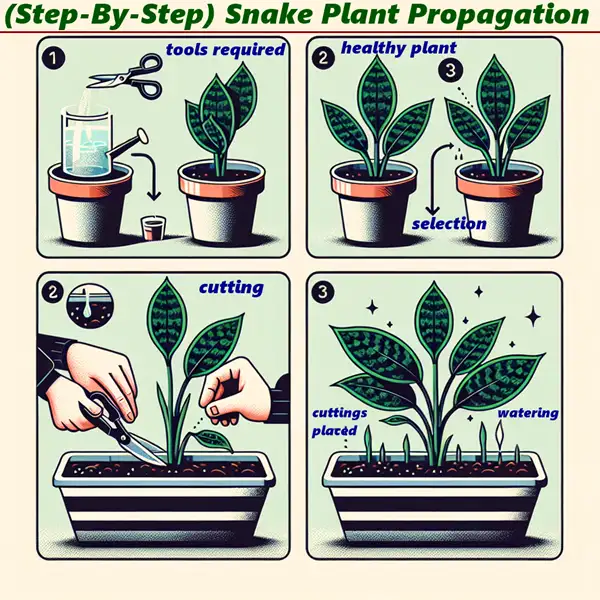
Alternatively, implementing the water root induction approach involves something similar—except you submerge the cuttings in a glass jar filled with fresh water, waiting about three weeks for roots to form before transferring them to potting mix. This technique offers benefits like visual growth tracking, but its downsides include a longer rooting time compared to other methods and a higher potential for rot.!
4 Critical Problems in Snake Plant Propagation
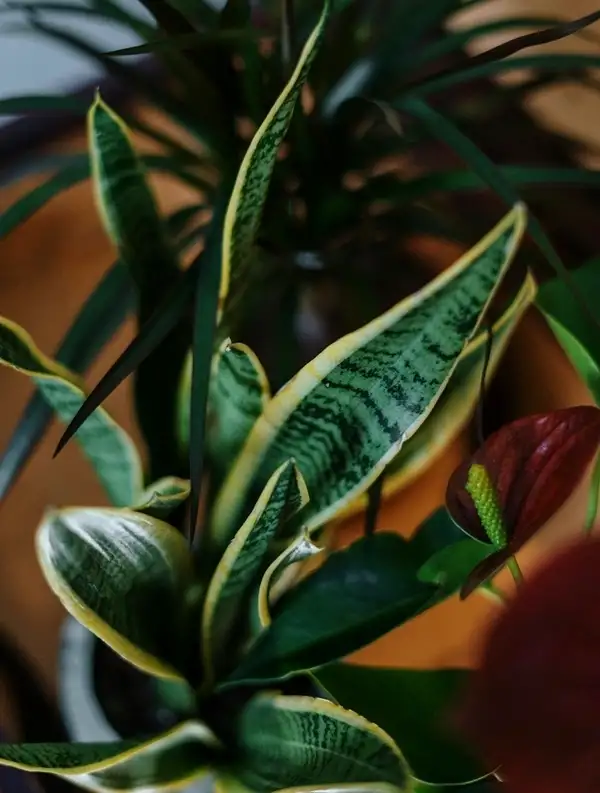
Like any other type of gardening activity, snake plant propagation also sometimes comes across issues such as –
| Problem | Description | Solution |
|---|---|---|
| Leaf Cuttings Drying Out | Leaf cuttings may desiccate before roots develop, hindering propagation success |
|
| Leaf Rot | Excess moisture can cause leaf cuttings to rot, especially during water propagation |
|
| Slow or No Root Development | Cuttings may exhibit delayed or absent root growth due to various factors |
|
| Pest Infestation | New cuttings are susceptible to pests like spider mites & mealybugs which can impede growth |
|
How to Care and Maintain Newly Propagated Snake Plants
Once your snake plant has successfully propagated, new shoots are forming and it’s continuing to flourish, you’ll want to enforce an appropriate snake plant care plan. This includes –
| Care Aspect | Guidelines |
|---|---|
| Light Exposure |
|
| Watering |
|
| Fertilization |
|
| Humidity |
|
| Cleaning |
|
| Repotting |
|
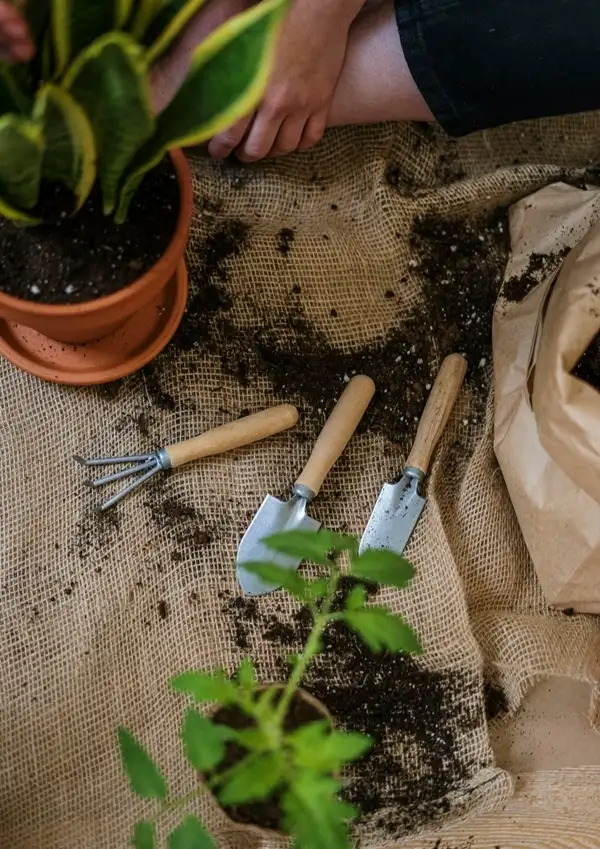
Ready to Multiply Your Snake Plants?
Propagating snake plants is a straightforward & rewarding process. Anyone can do it with just a little bit of understanding. By selecting the best way to propagate snake plants for you & providing consistent snake plant care, you can grow thriving, beautiful additions to your indoor or outdoor spaces.
Whether you choose water, soil or division methods, mastering snake plant propagation ensures your efforts pay off. With proper attention to care for a snake plant, you will enjoy a flourishing collection of these resilient beauties for years to come. So are you ready to bring them home?
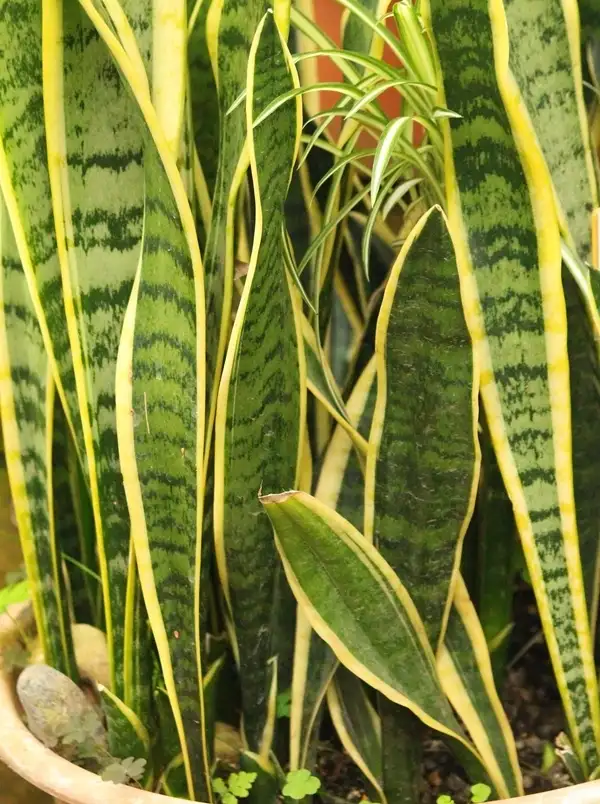
Frequently Asked Questions
How to propagate a snake plant in water?
Cut a healthy leaf into sections, ensuring each has a base portion. Submerge the cuttings in a glass jar with water, avoiding direct contact with the waterline. Roots develop in about three weeks, ready for soil transfer.
What is the best way to propagate a snake plant?
Leaf cuttings in either water or soil work best. Water propagation allows root monitoring, while soil propagation is faster. Use healthy, thick leaves and let them callous before planting.
How to propagate a snake plant in soil?
Cut a leaf into 2-4 inch sections and plant them upright in well-draining soil, burying the cut edge. Keep the soil slightly moist and place in indirect sunlight.
When to propagate a snake plant?
Propagate in spring or early summer for faster root development. Avoid winter propagation, as growth slows down.
Is it better to propagate a snake plant in water or soil?
Water propagation lets you monitor root growth but takes longer. Soil propagation is quicker but roots are hidden. Choose based on preference.
Can you replant a broken snake plant leaf?
Yes, if healthy. Cut it cleanly, let it callous, and plant it in soil or water. Success depends on the leaf’s condition.






